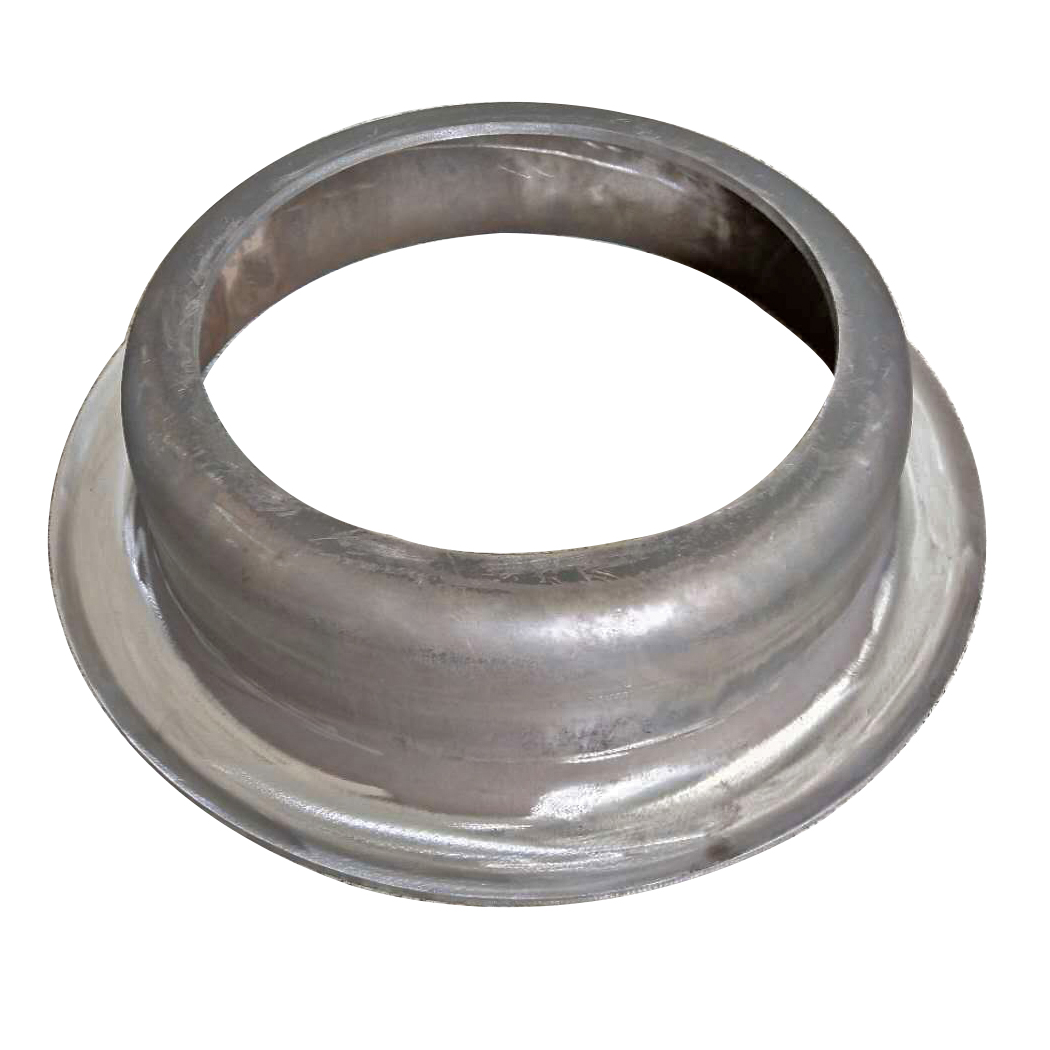- Afrikaans
- Albanian
- Amharic
- Arabic
- Armenian
- Azerbaijani
- Basque
- Belarusian
- Bengali
- Bosnian
- Bulgarian
- Catalan
- Cebuano
- China
- China (Taiwan)
- Corsican
- Croatian
- Czech
- Danish
- Dutch
- English
- Esperanto
- Estonian
- Finnish
- French
- Frisian
- Galician
- Georgian
- German
- Greek
- Gujarati
- Haitian Creole
- hausa
- hawaiian
- Hebrew
- Hindi
- Miao
- Hungarian
- Icelandic
- igbo
- Indonesian
- irish
- Italian
- Japanese
- Javanese
- Kannada
- kazakh
- Khmer
- Rwandese
- Korean
- Kurdish
- Kyrgyz
- Lao
- Latin
- Latvian
- Lithuanian
- Luxembourgish
- Macedonian
- Malgashi
- Malay
- Malayalam
- Maltese
- Maori
- Marathi
- Mongolian
- Myanmar
- Nepali
- Norwegian
- Norwegian
- Occitan
- Pashto
- Persian
- Polish
- Portuguese
- Punjabi
- Romanian
- Russian
- Samoan
- Scottish Gaelic
- Serbian
- Sesotho
- Shona
- Sindhi
- Sinhala
- Slovak
- Slovenian
- Somali
- Spanish
- Sundanese
- Swahili
- Swedish
- Tagalog
- Tajik
- Tamil
- Tatar
- Telugu
- Thai
- Turkish
- Turkmen
- Ukrainian
- Urdu
- Uighur
- Uzbek
- Vietnamese
- Welsh
- Bantu
- Yiddish
- Yoruba
- Zulu
Dec . 09, 2024 14:49 Back to list
non condensing wall hung boiler
Understanding Non-Condensing Wall-Hung Boilers A Comprehensive Guide
In the ever-evolving landscape of heating solutions, non-condensing wall-hung boilers have become a popular choice for both residential and commercial applications. These compact heating units are designed to save space while providing efficient hot water and heating for various buildings. This article delves into the operating principles, advantages, and considerations associated with non-condensing wall-hung boilers.
What is a Non-Condensing Wall-Hung Boiler?
A non-condensing wall-hung boiler is a type of heating appliance mounted on a wall that operates primarily through the combustion of natural gas or propane. Unlike condensing boilers, which recover heat from flue gases and utilize it to improve efficiency, non-condensing boilers expel flue gases at higher temperatures, resulting in lower overall efficiency. These systems are typically designed to operate at a maximum efficiency level of around 80-85%.
Key Components of Non-Condensing Boilers
Non-condensing wall-hung boilers feature several critical components
1. Heat Exchanger The component where flue gases transfer heat to the water circulating within the system. 2. Burner Responsible for the combustion process, converting gas into heat. 3. Controls Various control systems manage the operation and safety of the boiler. 4. Flue System The venting system that expels combustion byproducts outside of the building.
Advantages of Non-Condensing Wall-Hung Boilers
1. Space Efficiency Their compact design makes non-condensing wall-hung boilers ideal for installations in tight spaces, such as apartments, small homes, or commercial buildings where floor space is at a premium.
2. Lower Initial Cost Non-condensing boilers generally have a lower upfront purchase price compared to their condensing counterparts, making them an attractive option for budget-conscious consumers.
3. Simpler Installation Due to their size and fewer requirements in terms of flue gas handling, these boilers are often easier and quicker to install.
non condensing wall hung boiler

Disadvantages to Consider
While non-condensing wall-hung boilers have several advantages, there are also drawbacks to consider
1. Lower Efficiency The primary disadvantage is their reduced efficiency compared to condensing models. Given their reduced heat recovery capabilities, these boilers are generally less economical in the long run.
2. Environmental Impact Because they do not condense flue gases, these boilers emit more CO2 and other pollutants compared to condensing boilers, which can affect their environmental footprint.
3. Increased Fuel Costs The lower efficiency often translates to higher fuel bills over time, potentially offsetting any initial savings with additional operational costs.
4. Limited Heat Output Non-condensing units may be less effective in meeting high-demand heating requirements, as they can struggle to provide sufficient heat output during peak periods.
Conclusion
In summary, non-condensing wall-hung boilers present a straightforward, space-saving solution for heating needs in various settings. While they offer certain advantages such as lower cost and simpler installation, their reduced efficiency and environmental impact cannot be overlooked. When considering heating options, it's essential to evaluate your specific requirements, potential energy costs, and the environmental implications of the chosen system. By carefully weighing these factors, homeowners and business owners can make informed decisions that suit their heating needs effectively.
Overall, non-condensing wall-hung boilers represent a viable option for those seeking reliable heating solutions without the initial investment associated with more advanced technologies.
-
Premium Cast Iron Water Main Pipe: Durable, Corrosion-Resistant
NewsAug.03,2025
-
Durable Cast Iron Water Mains | AI-Optimized Systems
NewsAug.02,2025
-
High-Efficiency Propane Boiler for Baseboard Heat | Save Energy
NewsAug.01,2025
-
Premium Source Suppliers for Various Gray Iron Castings
NewsJul.31,2025
-
Durable Cast Iron Water Main Pipes | Long-Lasting
NewsJul.31,2025
-
High-Quality Cast Iron Water Main Pipe for Durable Infrastructure
NewsJul.30,2025


